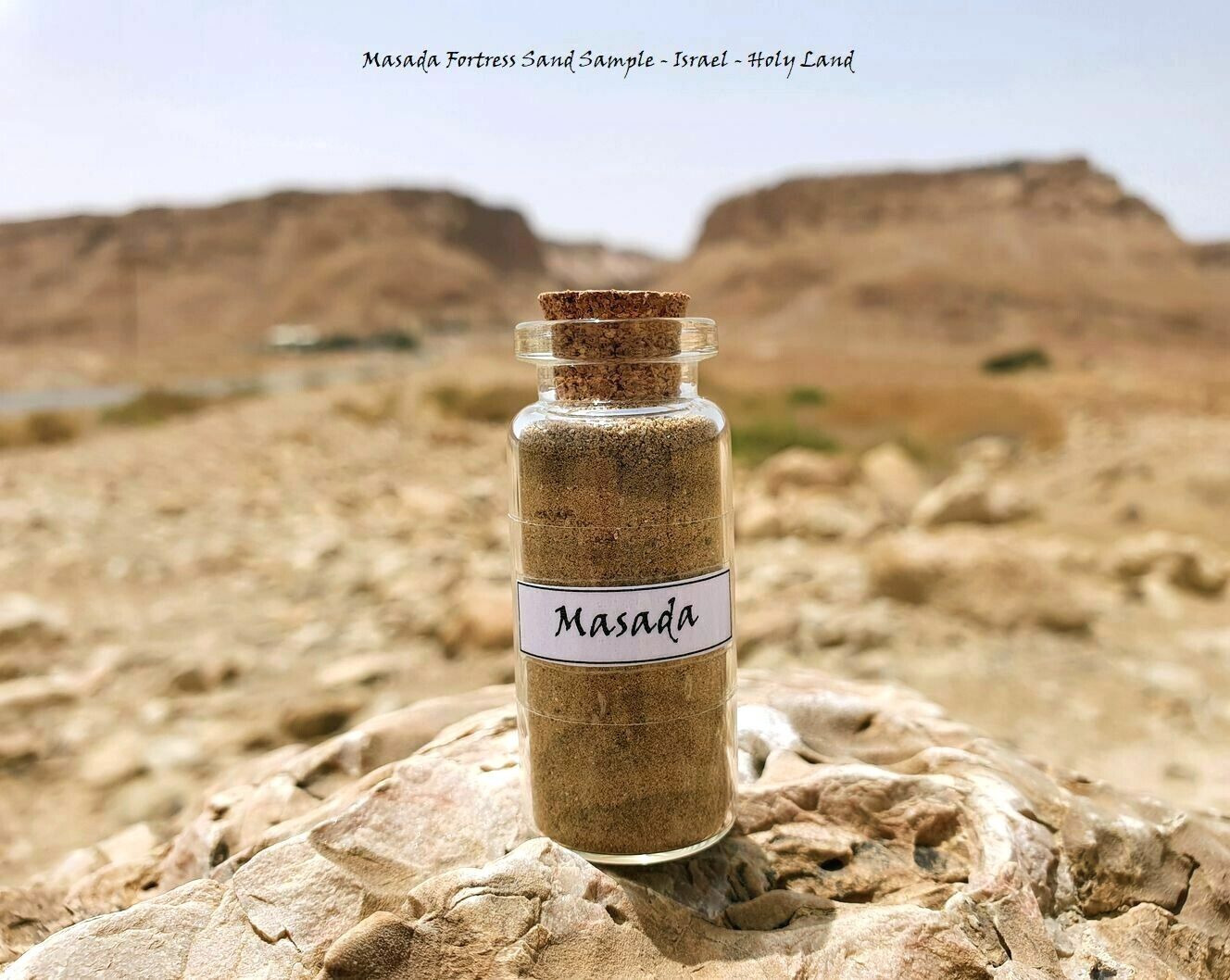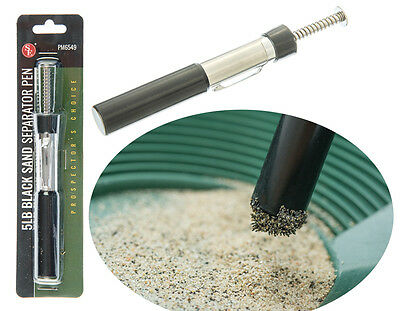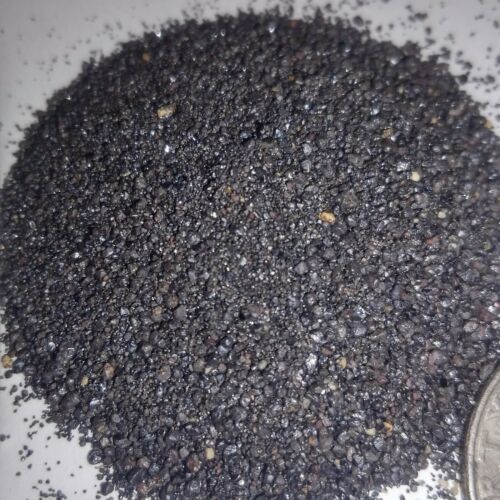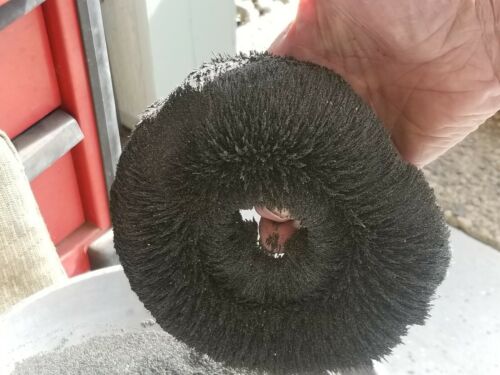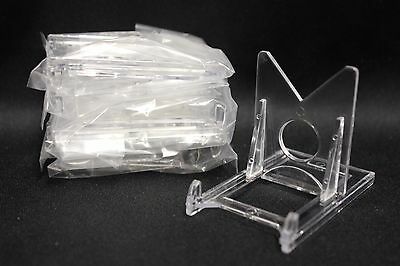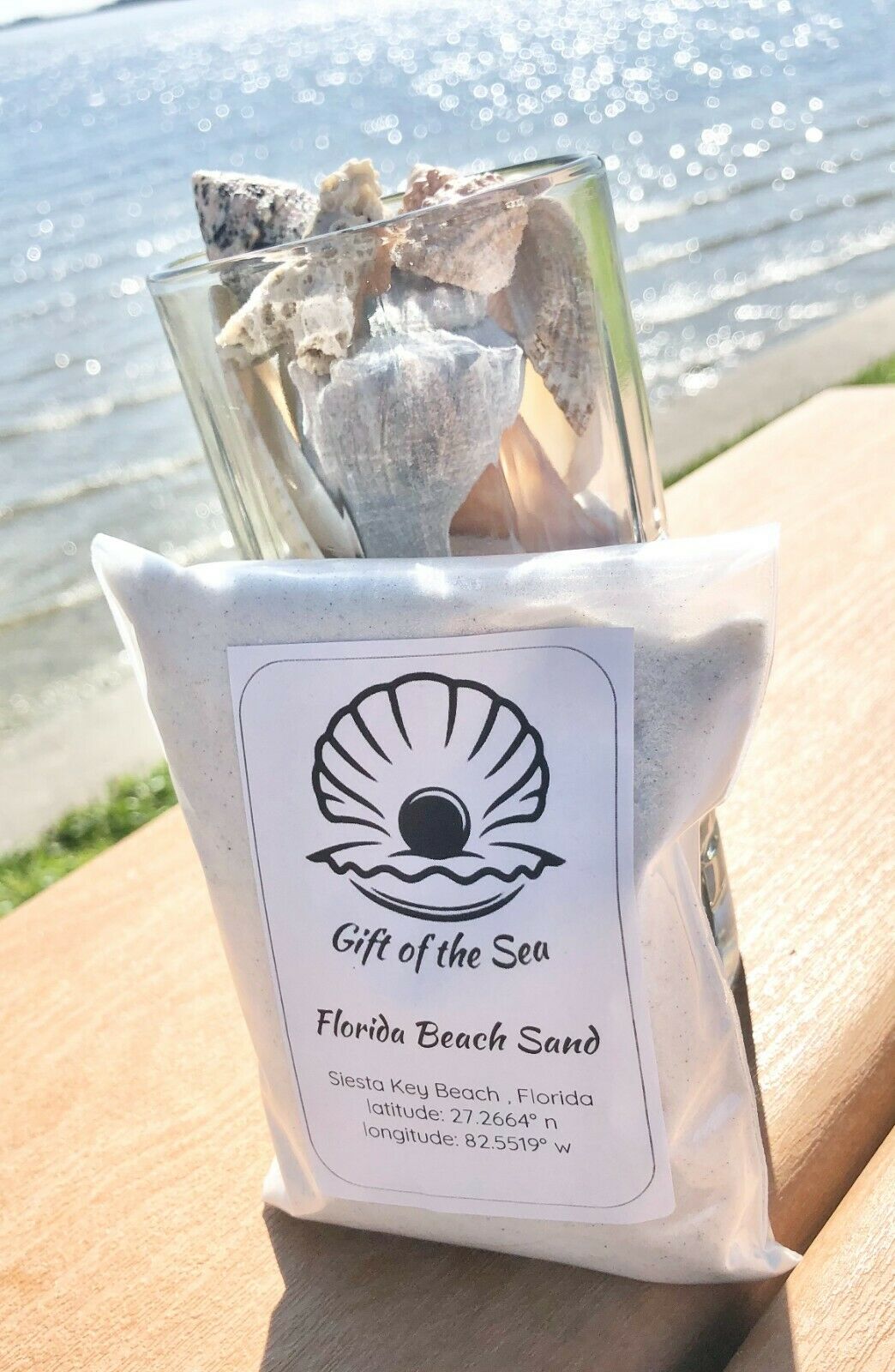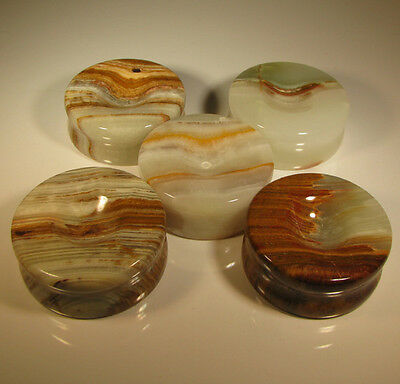-40%
• Legendary Masada Fortress Sand Sample • Dead Sea • Israel • Holy Land •
$ 7.91
- Description
- Size Guide
Description
Legendary Masada FortressSand Sample - Dead Sea - Israel
⭐️
⭐️
⭐️
⭐️
⭐️
Beautiful for Display, Arts, Crafts, Nice Gift.
Size: 10ml
(22mm x 50mm)
clear glass bottle with cork.
⭐️
⭐️
⭐️
⭐️
⭐️
Masada.
Next to the Earth’s lowest elevation on land, the Dead Sea, stands asolitary plateau.
The Masada’s rugged slopes rise 400 meters (1,300 feet) high. On top of theplateau, we can see the remnants of a fortress.
The Masada fortress is one of the most visited Israeli attractions. It isalso an Israeli national symbol.
Every inductee to the Israel Defense Forces takes the oath of loyalty whichends with:
“Masada shall not fall again.”
To understand why the military oath ends with Masada, we need to go almost2,000 years back in history.
Jewish king Herod the Great (72 BC-4 BC) fortified Masada to serve as arefuge in case of revolt.
He also added two palaces to create a luxurious winter resort forhimself.
The construction lasted from 37 to 31 BC.
The fortress was accessible only by three narrow paths, wide enough foronly one man.
The paths zig-zagged towards the top. Such narrow and steep access made apotential front assault virtually impossible.
Herod fortified the plateau with walls that stood to the height of fourmeters.
The walls measured 1,300 meters (4,300 feet) in length and had many towers.
The Jews carved out enormous cisterns to store drinking water.
They also added several luxurious swimming pools and private baths.
If all the cisterns were half full, there was enough water for a thousandpeople to sustain themselves for ten years.
The granaries stored enough food for years aided by the dry climate, whichextended the food expiry date.
Besides, the defenders could grow food on the plateau itself.
What would be the chances of capturing such a fortress without gunpowderand canons?
Zero.
Well, almost zero! The Roman army possessed a formidable knowledge of siegetechnology.
It all started with the Great Jewish Revolt.
In 6 AD, the Roman Emperor Augustus annexed the Jewish client state as theprovince of Judea into the empire.
Right from the start, there were tensions between the Jews and the Romansover religion and taxation.
After the Romans had desecrated the Jewish temple in Jerusalem in 66 AD,the Jews rebelled.
The Great Jewish Revolt (66-73) shocked the Roman Empire. Two future Romanemperors, Vespasian and Titus,
fought against the relentless Jews.
After the capture of Jerusalem in 70 AD, the Romans quelled the rebellion.
However, there were still strongholds under the control of the rebels.
Themost formidable of them was the Masada fortress.
The Masada was in the hands of the Sicarii (meaning the ‘daggermen’).
The siege of a nearly impregnable fortress.
The Romans built the siege ramp on the western side of the plateau.
Roman general Lucius Flavius Silva began the Siege of Masada in 73AD.
He had 9,000 soldiers and 6,000 prisoners. The Romans built acircumvallation wall.
The legionaries completed the 3.6 kilometers (2.7 miles) long wall withfive forts within one week.
Circumvallation was the best siege tactic since it prevented the enemy fromreceiving supplies and reinforcements.
Usually, the defenders ran out of food and surrendered.
However, Masada had an enormous supply of food and water.
Besides, the Sicarii could grow more food on the plateau itself.
Silva realized the defenders would never run out of supplies.
The Roman army would be just waiting in the middle of the desert for years.
Thus, the Romans built a siege ramp on the western side of the fortress inless than three months.
The ramp was 600 meters (1,968 feet) long and 114 meters (375 ft) high.
Then, they built a siege tower with a battering ram and pushed it up to thewall.
Soon, the wall crushed and the bloodthirsty Roman soldiers invaded thefortress.
But what they saw inside of the fortress left them speechless…
All defenders of the Masada committed a mass suicide.
Once the Romans breached the walls and rushed inside, they were expecting afierce battle.
After all, the Sicarii were fanatical fighters. Instead, everything wasquiet. There was no battle cry.
The Roman soldiers would remember for the rest of their lives the scenethey witnessed.
All the defenders were dead. Slain.
Out of 967 defenders of Masada, 960 committed mass suicide on the 15th ofApril 73 to avoid the Roman capture and slavery.
Only two women and five children, who had hidden in the cisterns, werealive to tell what had happened.
Conclusion:
The siege of Masada is a testament to the enormous Roman military power.
Today, Masada is a UNESCO World Heritage Site and it is the second mostvisited attraction in Israel.
For the Israelis, the fortress is a symbol of determination and heroism.
Masada is to the Israelis what is Alamo to Americans and Thermopylae to the Greeks.
